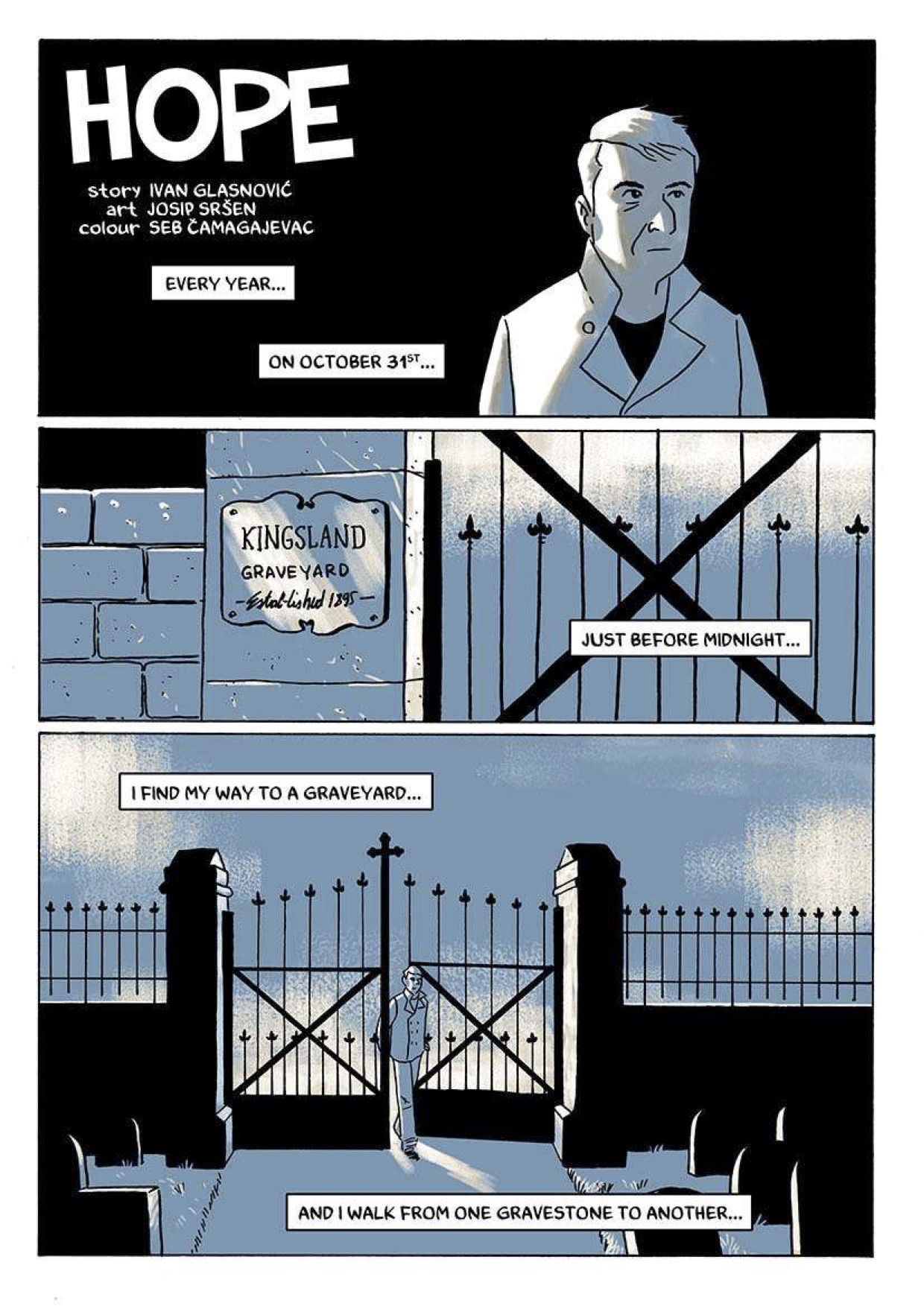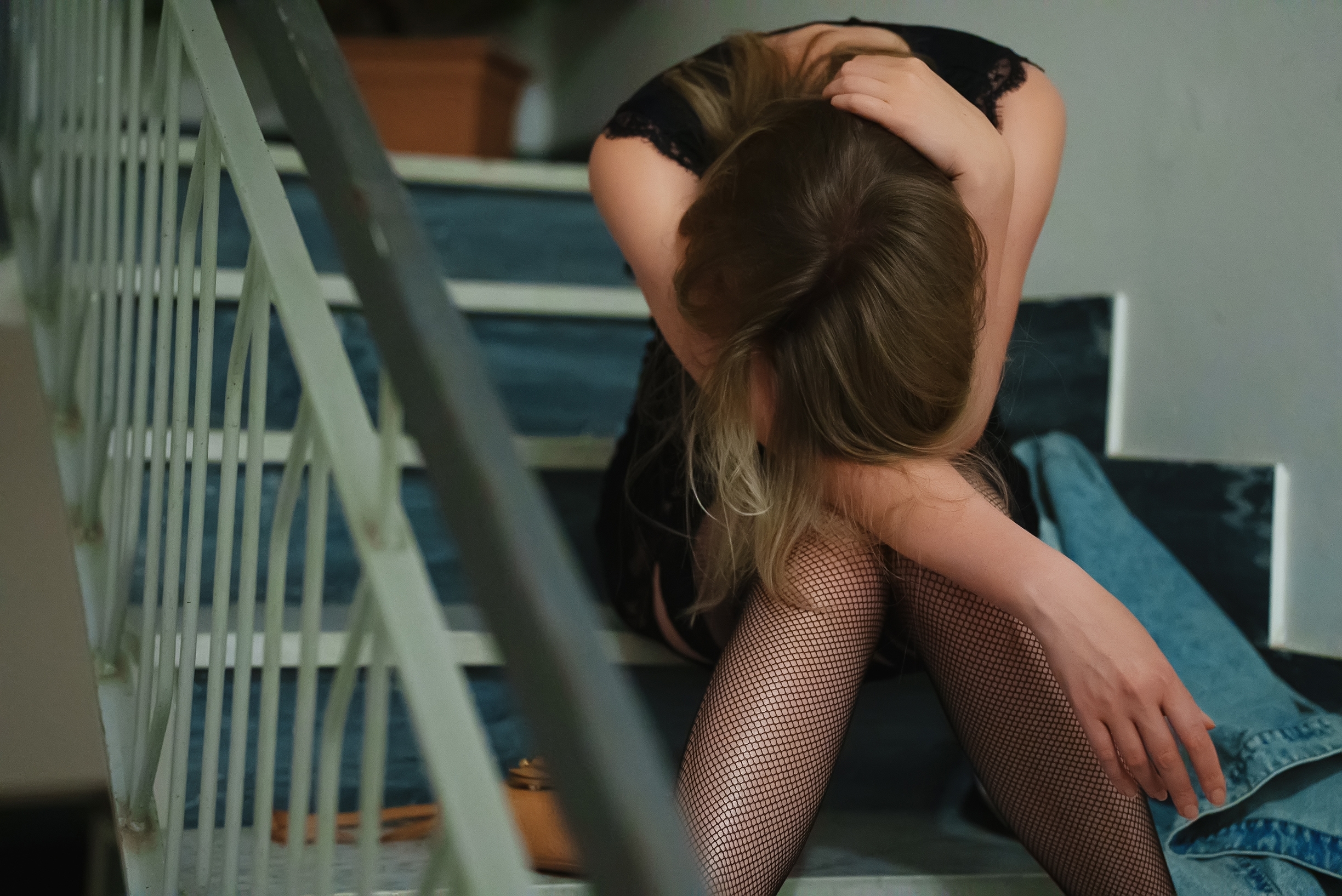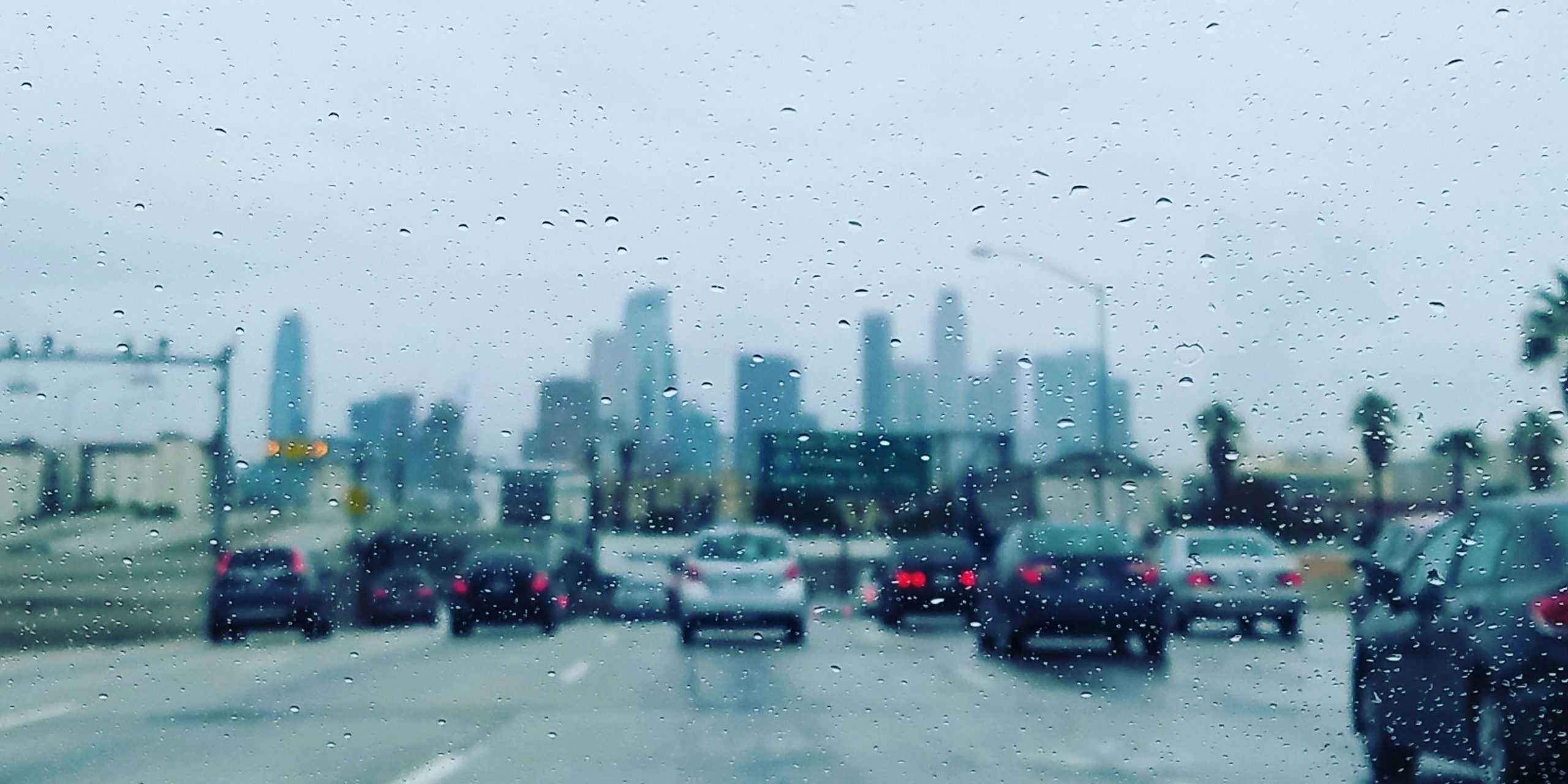Books & Culture
My Life as a Berenstain Bear
How I turned a lifelong talent for identifying with literary characters into a career

I ’ve been imitating literary characters since long before anyone hired me to do it. As a child, my commitment to craft ran deep: cryptic notes left by a spy signed H; muttered asides to the invisible daemon that floated behind my right shoulder; orange juice in a mug, microwaved until it gave off steam (the nearest thing I could imagine to the hot dandelion wine drunk by the tiny furred creatures of Redwall). There was always a very natural connection between reading and performance. When faced with a book or character that I loved, I would promptly consume, internalize, and project it all outward, like an efficient little machine that ran on imagination and hot orange juice. I was the kind of kid you put in community theater, where my first role was in a stage adaptation of — fittingly — Anne of Green Gables. I played the bit part of a pie-obsessed child (though this may have been invented backstory; that particular character doesn’t appear in the original text).
My house held no shortage of stories in which to seek my models. Some books I can remember acquiring after I’d badgered my parents to make the trip to our local library, while others can’t be traced to a point of origin and feel instead like they’re braided into the fabric of my childhood. For me, and in much of the collective imagination, The Berenstain Bears books give off that kind of eternal glow. I don’t remember a time when the four bears — Mama, Papa, Sister, and Brother — didn’t occupy a solid, perennially expanding chunk of bookshelf. These stories were read to me until I could read them to myself; I read them to myself until I had a steady stream of younger siblings with whom to share them. Or more accurately, on whom to inflict them — when I’d insist on reading books aloud, I liked to do them in funny voices.
I don’t remember a time when the four bears — Mama, Papa, Sister, and Brother — didn’t occupy a solid, perennially expanding chunk of bookshelf.
The very first Berenstain Bears book, The Big Honey Hunt, was published in 1962. Billed to Stanley and Janice Berenstain, before the author-illustrator dream team abbreviated it to the chummier (and much more on-brand) “Stan and Jan,” the book was the product of a harrowing editorial meeting with Theodor Geisel, alias Dr. Seuss. As booklore has it, Seuss sat the couple down and proceeded to dissect the first draft in front of them. His advice included the suggestion to “see the lumbering creatures as real people,” shorten the sentences, harden the rhymes, and keep children’s “eyeballs glued to the page.”

For some children, that kind of magical gluing can only occur in the presence of the sensational or supernatural. I was the type of reader whose literary tastes were fairly Type A, favoring books that mirrored my love for organization and efficiency (a Type A flexible enough, however, to allow for anthropomorphized bears). I put a high premium on dependability, and the Berenstains delivered. The comfort I took in the books came as much from their adherence to formula as from their unchanging presence. Each series installment was slim, floppy, and perfectly square. The family name was inscribed across the top in sophisticated semi-cursive, but the subtitle was always done in a boxier, bolder font that promised drama — but not too much of it — that would untangle itself and provide a key takeaway. Whether she was squabbling with Brother Bear, throwing a tantrum, or exploring Bear Country, Sister Bear’s pink bow remained unflappable, crowning her furry curls at the same jaunty angle.
Combine reliability with quantity and you’ve got a potent recipe for customer loyalty. Stan and Jan set an absurdly high bar for productivity, sometimes publishing more than fifteen books in a year (though to be fair, those are also the years where you’re more likely to find their weirder B-sides, like The Berenstain Bear Scouts and the Sci-Fi Pizza). The result of this prolific output, combined with the series’ overtly moral tone, is that there’s a book for almost every situation imaginable. Are you an incurable asshole? Then try The Berenstain Bears: How to Get Along with Your Fellow Bear. Disillusioned with the democratic process? There’s The Berenstain Bears and the Big Election. Pet catfish got a cough? The Berenstain Bears and the Coughing Catfish. For those who seek more spiritual guidance, there’s even a recent religious spinoff by Stan and Jan’s son Mike, which includes The Berenstain Bears Discover God’s Creation and The Berenstain Bears Follow God’s Word.
Disillusioned with the democratic process? There’s ‘The Berenstain Bears and the Big Election.’ Pet catfish got a cough? ‘The Berenstain Bears and the Coughing Catfish.’
This explicit turn to religion feels like an unsurprising, albeit amusing, progression from books that were already highly moralizing — usually at the younger bears’ expense, a move that I found unfair as a child reader. The public misbehavior of fellow children struck me as horrifying in general, not out of any obsession with propriety but because I always felt strangely implicated by it, as if the heads of the adults in the vicinity would swivel towards me as if to say you’re all little shits and this just proves it.
Which means that when I first met Sister Bear on the page, I thought she was kind of a drip. I recognized myself in a lot of her more quotidian struggles — fear of going to the doctor, the anxiety of making friends — but tended to take a harsher stance when it came to her decision-making. A five-year-old has next to no critical faculties, but even then I knew enough to think: If you eat all that cake and are horrible to your mother and complain about your presents, well then how did you expect your birthday party was going to turn out? (See The Berenstain Bears and Too Much Birthday, 1986). I suppose what that means is that the books, in their didactic mission, were working perfectly.
By age nine, I’d outgrown the Berenstains books, devoured everything to emerge from the pen of Beverly Cleary (even sitting through the substandard spinoffs that centered on Henry Huggins, Beezus Quimby’s much less interesting male friend, because I couldn’t get enough of his dog Ribsy), and was just starting to move into the vitamin C-rich epoch of Brian Jacques.
‘The Little Prince’ Leaps Off the Page and Onto the Screen
I’d also outgrown community theater. Crowds full of school peers and camp friends no longer made me sweat (The Berenstain Bears Get Stage Fright, 1986) and I was hungry to start acting out in front of strangers. I begged my parents to help me get an agent, started showing up in tiny rooms to stand in front of a camera or microphone, and landed my first real gig as Sister Bear in the 2003 reboot of The Berenstain Bears (there’d also been a cartoon version in 1985; my fandom extended from the book series to a thick stack of VHS tapes). After getting the call that I’d booked the series, I used my dad’s email address to send a note to Stan and Jan. They were sweet enough to write back.
I hadn’t given much thought to voice acting before I got my start in the entertainment industry. The goal had been to get on a screen or a stage, the bigger the better. But it was in the invisible work of voice acting that I found the most pleasure. Much more than with on-camera projects, I came to see recording sessions as an extension of my literary play-acting, akin to the empathic, immersive pleasures provided by books. In the studio, I could slip into the self I’d comfortably inhabited for most of my life: a reader with an affinity for playing with the text. Going to work every week brought the same joy as sitting down to add a few chapters to my epic of Meg Murray fan fiction.
In the studio, I could slip into the self I’d comfortably inhabited for most of my life: a reader with an affinity for playing with the text.
But it took me some time to see any existing relationship between my life as a reader and my newfound responsibilities as a cartoon voice actor. That first day in studio was pure terror. My voice squeaked out of a body that seemed to have forgotten how to operate properly. Not that feeling comfortable enough to flail my arms around would have made much of a difference. As the creative team watched me from behind the control room’s glass, I faced up to the full weight of a seemingly impossible undertaking: fashioning a character entirely out of the inflections of my voice.
Eventually, I came to recognize that I wasn’t alone in this task. Being a childhood fan of the books meant that I had years of material and backstory to play with. I was armed with a low-grade distrust of Sister Bear’s numerous poor decisions (The Berenstain Bears and Too Much Junk Food/Forget Their Manners/Get the Gimmies). I had a history of identifying with the social pressures she’d faced as a young girl (The Berenstain Bears and No Girls Allowed/The In-Crowd). I had the power to shape my performance to reflect, or even limit, those tendencies. It wasn’t a fantasy of revision, but an act of collaborative storytelling. Not only was I working with a character that had a past — it was a character whose past I knew and in many ways felt like I’d lived. As an actor, especially a novice one, this was a tremendous gift.
There’s another important element of collaboration to this, too — the fact that I would record the show with the rest of the cast. I was rarely in the booth alone. Usually, I worked in an ensemble that included the two actors cast as Mama and Papa Bear — theater veterans both — and the boy who played Brother, a thirteen-year-old who had his sights set on moving to L.A. to become a comedian. His name was Michael Cera.
Support Electric Lit: Become a Member!
Your job as a voice actor is to bring to life the words on a page, which is certainly possible to do in isolation. But there’s a particular kind of vitality that can only be attained by pursuing the goal as a group. My awareness of this vitality has transcended the work of cartoons. Reading scripts aloud every week, observing the journey that language takes off of the page and into the world, I learned the varied shapes and cadences of conversation; the distinctiveness of speech patterns; the full spectrum of tone. The Berenstain Bears, and much of my voice work since, was also a crucial step in my education as a writer.
A few years ago, I was startled by a flurry of Twitter notifications from a bunch of cartoon fans demanding to know “if it was really true.” If the surname of their favorite bear family, one of the sturdiest fixtures of their childhoods, was indeed spelled “Berenstain” rather than “Berenstein,” as much of the world seemed to mistakenly remember it. More importantly, they wanted to know if I could confirm or deny the existence of a parallel universe, the working hypothesis to explain away this fracture in their childhood foundations. As the voice of Sister Bear, I was regarded as a definitive source on the conspiracy. I joked about mysterious NDAs, but I had little to say to substantiate the theory (if you’ve seen the name written at the top of sixty scripts — moreover, if you’re any kind of close reader — you’re going to remember how to spell it correctly). It was both the most dramatic and anticlimactic resurfacing that the show has made in my life since we wrapped more than fifteen years ago. But it also speaks to the reach of Stan and Jan’s world — a mere allegation against the reliability of their beloved bears can stir the internet into a mass frenzy, even if that frenzy is tongue-in-cheek. I was surprised, and a little flattered, to see the depth of people’s commitment to the performance.
A couple of months ago, my partner and I were in New Zealand. We’d chosen to pass on the bigger, more obvious cities — high-drama landscapes were our priority, with bonus points if they’d appeared on Top of the Lake — and were staying just outside of a tiny, historic gold mining town with a population of 2,000 and restaurants that would start to close just as we were getting hungry. Nowhere, in other words, where you’d expect to find any evidence of yourself or your life on the opposite side of the International Date Line. While pawing through our Airbnb’s movie selection I found, tucked in next to the complete Lord of the Rings (our hosts knew their audience), a DVD of The Berenstain Bears. The first episode on the disc was The Berenstain Bears and Too Much TV, one of the storylines lifted directly from the books. I decided, for the first time in over a decade, to take a trip to Bear Country. Once again, albeit for different reasons, Sister Bear was the focus of my judgment. Yes, she still had a startling lack of self-awareness, but with the aid of time and distance — and maybe, a little bit, the performance — I was able to read it as innocence rather than idiocy. I admired the perfect pertness of her little pink bow. I was touched by how easily and often she laughed.








